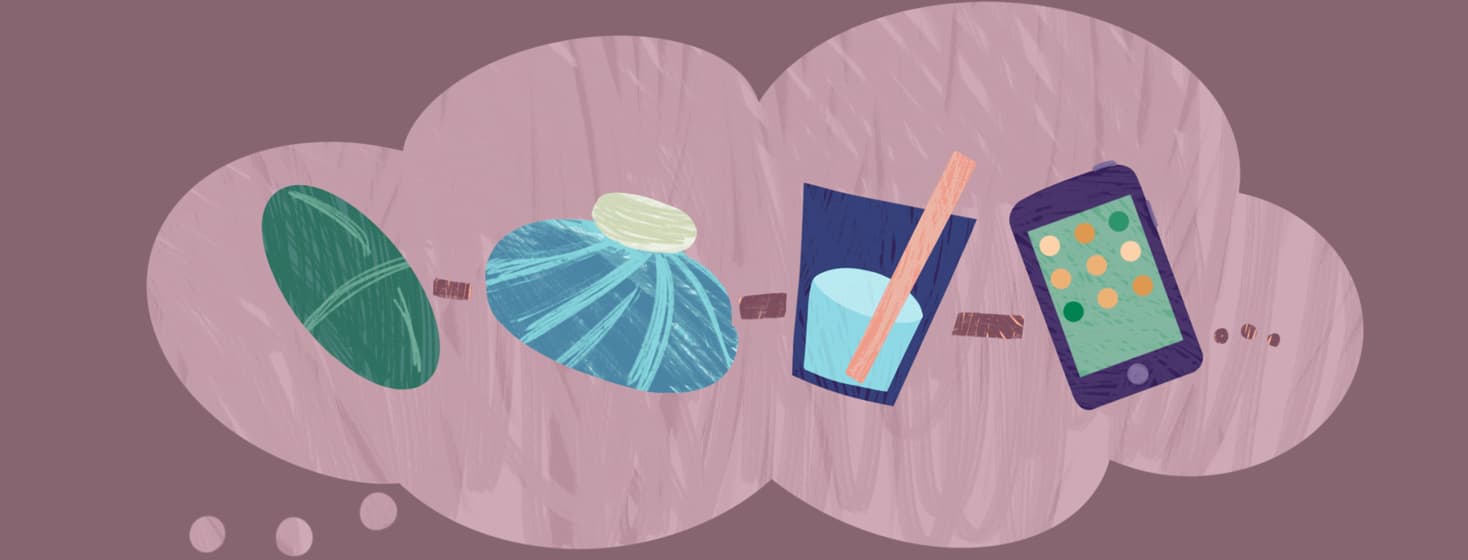Becoming Bionic - Getting an ICD
The day after my heart attack, the attending cardiologist told me that my heart would recover, it would bounce back to a normal ejection fraction, and I'd be fine. But, after seven months, I wasn't better. I was devastated.
Recommendation and prep
I visited an electrophysiologist who studies the heart's electrical system - kind of a heart mechanic. I had been prepared with questions, thanks to a FB group. He recommended an ICD, short for an implantable cardiac defibrillator, a pocket watch-sized device that would sit in a muscle pocket under my clavicle that he would construct.
The device would include a lead screwed into my heart's bottom right ventricle. An electrical shock will be delivered between the device and the lead if a weak heart starts getting into trouble powered by a capacitor and battery. Every heart suffers from extra beats. Strong hearts can resume a safe rhythm; weak hearts can continue to throw extra beats, which could turn into a fatal condition and cause cardiac arrest.
To prepare, I loaded up on ice packs and Tylenol. I bought large, oversized shirts to wear as I'd be in a sling for a bit. I also thought of a fun name to keep my racing mind occupied. I tried out new names for my device and landed on Thor, named for the Norse god who beckons thunder and lighting. My other heart friends picked names like Carmen Electra or Justin, Justin Case.
Surgery and healing
The surgery was a piece of cake. I try to tell anyone preparing for this that it wasn't a big deal, but I fully understand the anxiety leading to the procedure. I did spend the night, but only because I was scheduled late in the afternoon. Usually, this is a day procedure.
The next day I was rolled in for an X-ray to check the placement. A friend of mine, a biomaterials professor, told me to get a picture. So I brought my phone to the X-ray room and saw my new friend Thor for the first time. The picture is also my phone screensaver.
In the weeks that followed, I began to heal. It wasn't an easy recovery. It looked like mine had been implanted by a bean bag gun with all of the blood thinners I was on. The muscle pocket took a while to heal, and after a month, the pain finally subsided. Within days I felt like a new person. Within months I felt normal again and, most importantly, safe.
While I was initially hesitant to get an ICD, I am now thankful for the protection. Whenever I'm dizzy, throwing those pesky PVCs, I know if things get out of hand, I'll be safe.
Tips I can offer
If you are in discussions to have a similar procedure, here are some useful tips I can offer:
- Check out different support groups – including on Facebook.
- Gather up plenty of ice packs and Tylenol – you will need both!
- I found that loose clothing was easiest to get in and out of with a sling.
- When getting the X-ray to check placement, bring a phone in to snap a pic. Technology is impressive, and seeing Thor for the first time made me cry!
- The recovery isn't easy. Know that it does get better. Follow the instructions on pain management.
Do you have a heart failure story? Click the button below to share with our community!

Join the conversation